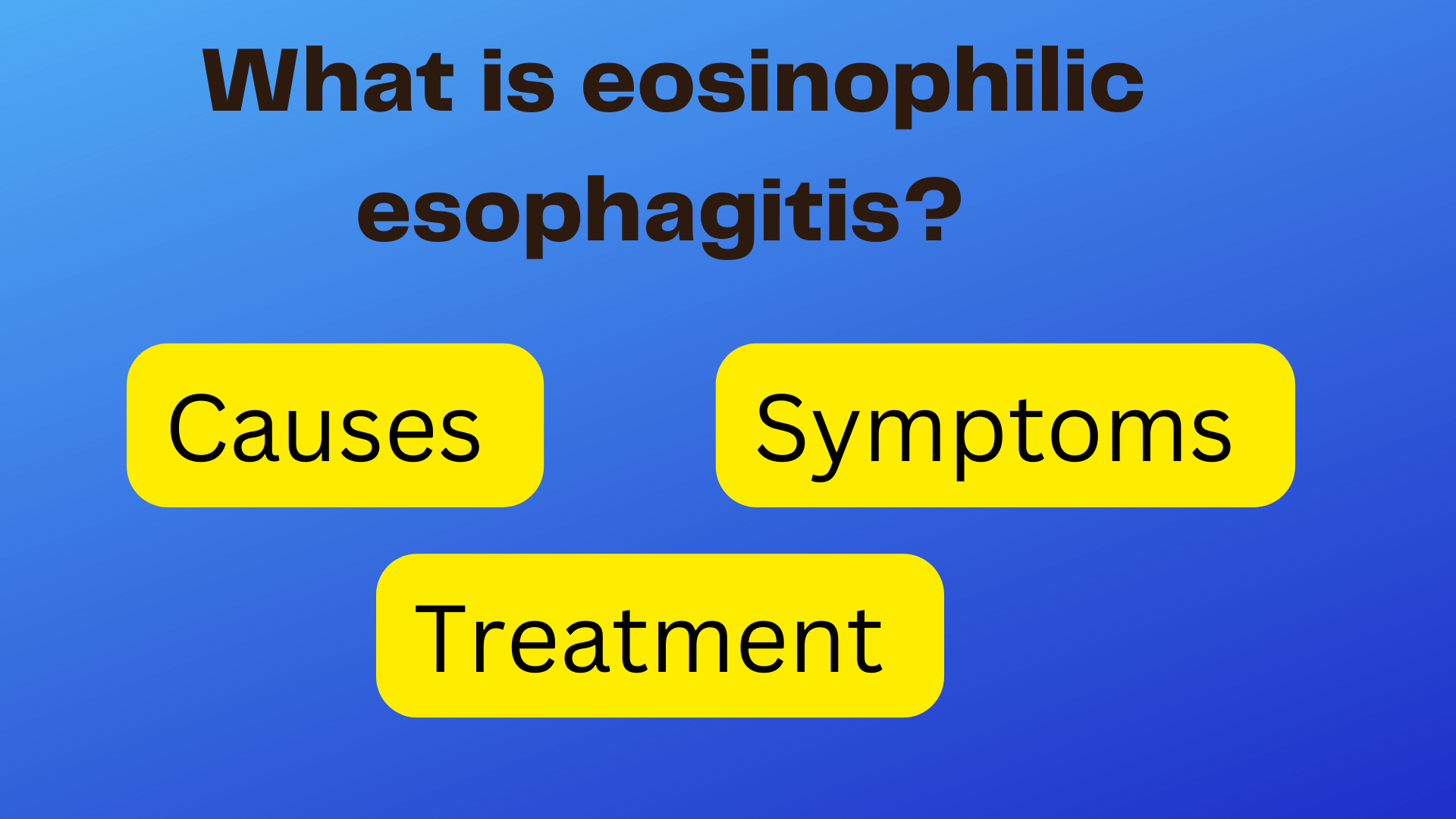Here you will learn about ” How i cured my eosinophilic esophagitis and symptoms“.
Eosinophilic esophagitis (EoE) is a chronic, immune-mediated disorder that causes inflammation of the esophagus. EoE is characterized by an accumulation of white blood cells called eosinophils in the lining of the esophagus, which can lead to difficulty swallowing, food impaction, and heartburn.
EoE is often associated with allergies, particularly to foods such as milk, eggs, soy, wheat, and peanuts. It is more commonly diagnosed in males and in individuals with a history of atopic disorders, such as asthma and eczema.
Following are the tips if you have the symptoms eosinophilic esophagitis.
- Consider allergy testing: If allergies are suspected as a trigger for your EoE, allergy testing may be recommended to help identify specific allergens to avoid.
- Follow an elimination diet: Your doctor or a registered dietitian may recommend an elimination diet to help identify trigger foods. This involves removing certain foods from your diet for a period of time, and then reintroducing them one at a time to see if they cause symptoms.
- Try dietary supplements: Some people find relief from EoE symptoms by taking dietary supplements such as probiotics or omega-3 fatty acids. Again, talk to your healthcare provider before taking any new supplements.
- Identify and avoid triggers: Some common triggers for EoE include allergens (e.g. pollen, pet dander, mold), certain foods (e.g. dairy, wheat, soy), and acid reflux. Keeping a food diary and tracking symptoms can help you identify triggers and avoid them.
- Follow an elimination diet: Your doctor or a registered dietitian may recommend an elimination diet to help identify trigger foods. This involves removing certain foods from your diet for a period of time, and then reintroducing them one at a time to see if they cause symptoms.
What are eosinophilic esophagitis symptoms in adults and children?
age of the individual affected. The most common symptoms of EoE in adults include:
- Difficulty swallowing (dysphagia): This is the most common symptom of EoE. Individuals with EoE may feel like food is getting stuck in their throat or chest, making it difficult to swallow.
- Chest pain: Chest pain can occur in individuals with EoE and can be similar to the symptoms of a heart attack.
- Heartburn: EoE can cause a burning sensation in the chest, similar to heartburn.
- Food impaction: Individuals with EoE may experience food impaction, which is when food gets stuck in the esophagus and cannot move down to the stomach.
- Regurgitation: Individuals with EoE may regurgitate food or stomach contents, which can be uncomfortable and sometimes painful.
What are eosinophilic esophagitis symptoms in children?
Following are the symptoms of eosinophilic esophagitis in children.
- Difficulty feeding or poor appetite: Infants and young children with EoE may have difficulty feeding or may refuse to eat altogether.
- Failure to thrive: Children with EoE may have poor growth and may not gain weight as expected.
- Vomiting: Children with EoE may vomit frequently, especially after eating.
- Abdominal pain: Children with EoE may experience abdominal pain and discomfort.
Here’s the video of “How i cured my eosinophilic esophagitis”.
